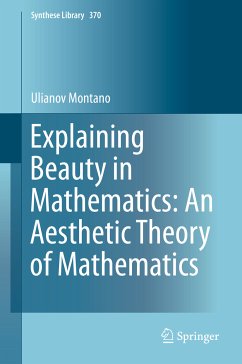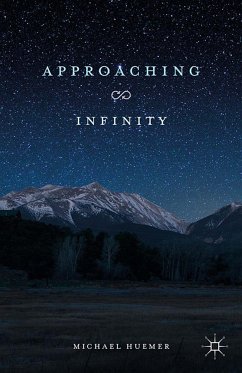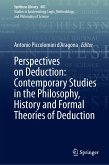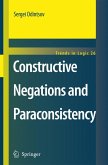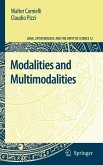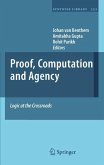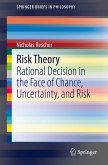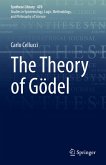The volume begins with a discussion of the reasons to interpret mathematical beauty in a literal or non-literal fashion, which also serves to survey historical and contemporary approaches to mathematical beauty. The author concludes that literal approaches are much more coherent and fruitful, however, much is yet to be done. In this respect two chapters are devoted to the revision and improvement of McAllister's theory of the role of beauty in science. These antecedents are used as a foundation to formulate a naturalistic aesthetic theory. The central idea of the theory is that aesthetic phenomena should be seen as constituting a complex dynamical system which the author calls the aesthetic as process theory.
The theory comprises explications of three central topics: aesthetic experience (in mathematics), aesthetic value and aesthetic judgment. The theory is applied in the final part of the volume and is used to account for the three most salient and often used aesthetic terms often used in mathematics: beautiful, elegant and ugly. This application of the theory serves to illustrate the theory in action, but also to further discuss and develop some details and to showcase the theory's explanatory capabilities.
Dieser Download kann aus rechtlichen Gründen nur mit Rechnungsadresse in A, B, BG, CY, CZ, D, DK, EW, E, FIN, F, GR, HR, H, IRL, I, LT, L, LR, M, NL, PL, P, R, S, SLO, SK ausgeliefert werden.
Hinweis: Dieser Artikel kann nur an eine deutsche Lieferadresse ausgeliefert werden.
"This first monographic treatment of beauty in mathematics, a work of analytical philosophy, aims for 'a consistent literal interpretation of aesthetic judgements in mathematics'; 'literal' means taking 'beauty' at face value, not as code or metaphor for some specifically mathematical epiphenomenon. ... Provocative reading for students of mathematics, obviously, but also students of philosophy, aesthetics, and art. Summing Up: Recommended. Upper-division undergraduates and above." (D. V. Feldman, Choice, Vol. 52 (6), February, 2015)
"This first monographic treatment of beauty in mathematics, a work of analytical philosophy, aims for 'a consistent literal interpretation of aesthetic judgements in mathematics'; 'literal' means taking 'beauty' at face value, not as code or metaphor for some specifically mathematical epiphenomenon. ... Provocative readingfor students of mathematics, obviously, but also students of philosophy, aesthetics, and art. Summing Up: Recommended. Upper-division undergraduates and above." (D. V. Feldman, Choice, Vol. 52 (6), February, 2015)

